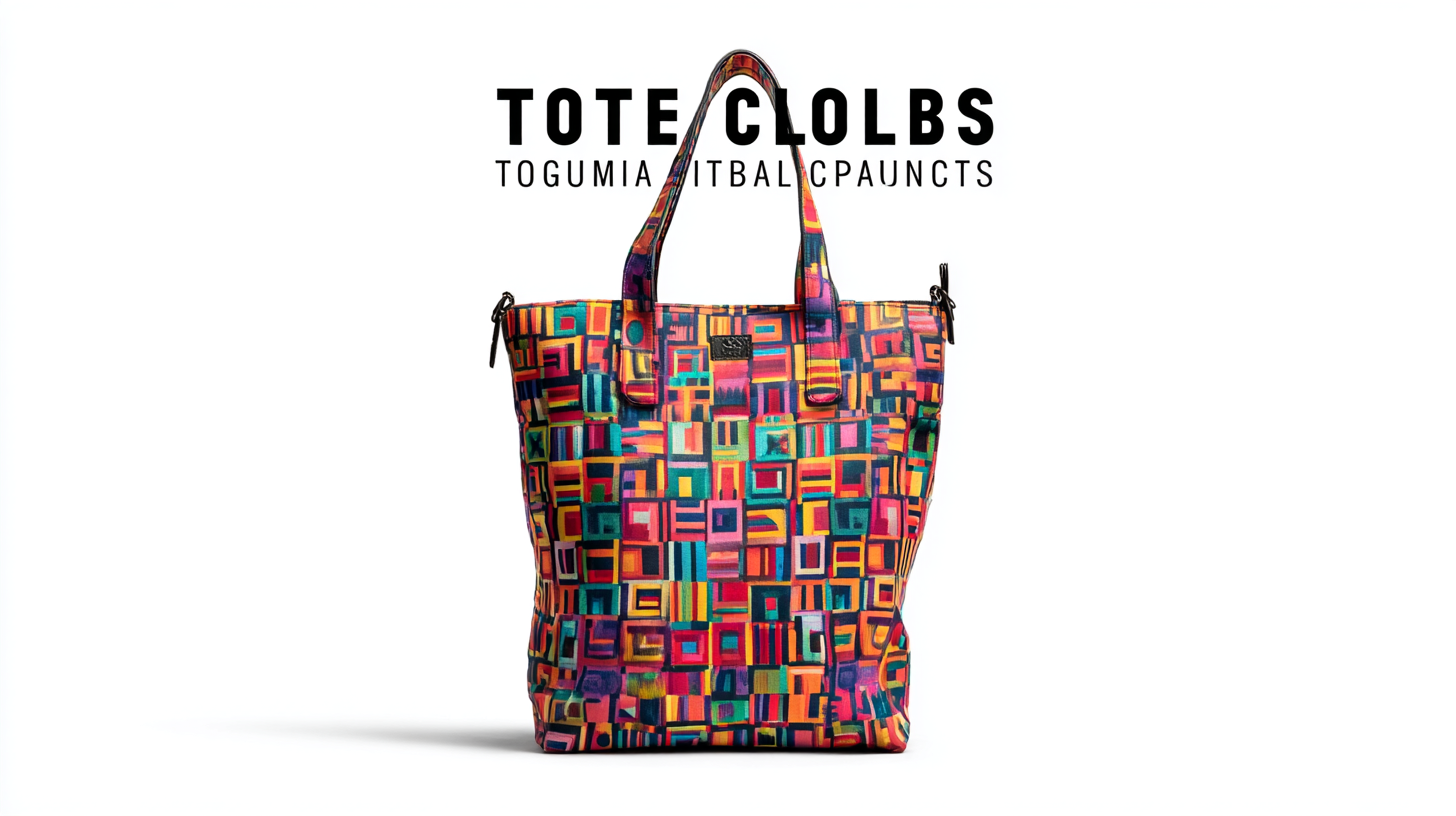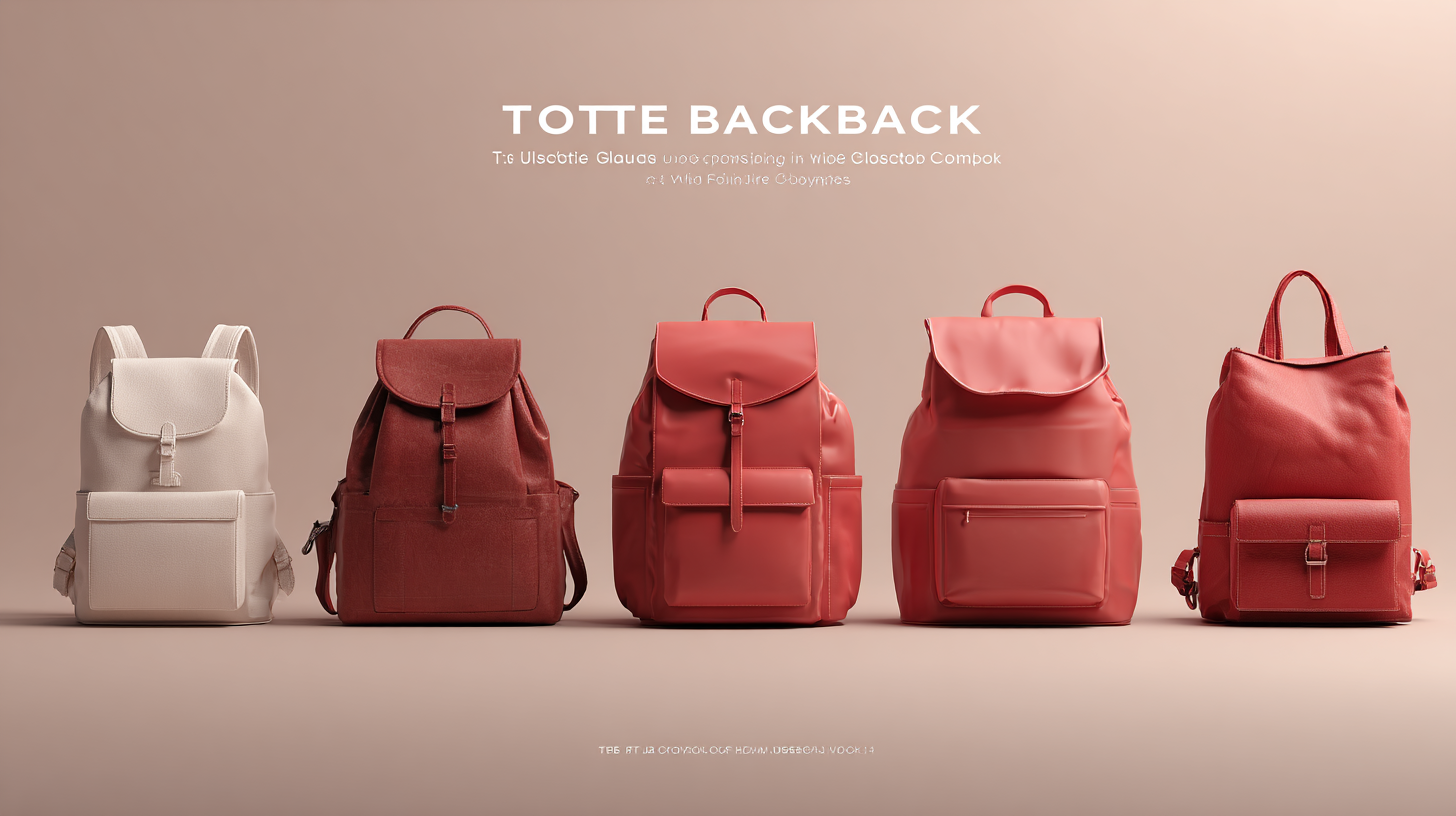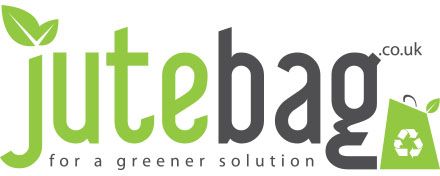The Ultimate Guide to Selecting the Best Tote Backpack for Global Clients
In an increasingly globalized market, the demand for versatile and functional travel gear has surged, and the Tote Backpack has emerged as a frontrunner in meeting these diverse needs. According to a recent report by Grand View Research, the global backpack market was valued at approximately $13.9 billion in 2020 and is projected to grow at a compound annual growth rate of 5.3% from 2021 to 2028. This growth reflects the evolving preferences of consumers who seek products that combine style, comfort, and practicality. As businesses aim to cater to their global clients, selecting the right Tote Backpack becomes crucial in ensuring brand representation and customer satisfaction. With a variety of features and designs available, understanding the key industry production standards is essential for making informed choices that align with consumer expectations and market trends.

Understanding the Different Types of Tote Backpacks and Their Unique Features
When selecting the best tote backpack for global clients, it's essential to understand the different types available and their unique features. Tote backpacks are versatile, combining the practicality of traditional backpacks with the spaciousness of tote bags. The most popular styles include minimalist designs, which prioritize simplicity and lightweight materials, making them ideal for urban professionals. These backpacks often come with sleek aesthetics and organizational pockets, catering to clients who value functionality without sacrificing style.
Another category to consider is the business tote backpack, specifically designed for professionals on the go. These backpacks typically feature padded compartments for laptops and tablets, along with additional pockets for business essentials. They blend elegance and utility, appealing to clients who appreciate a polished appearance during meetings or business trips. Additionally, there are eco-friendly tote backpacks made from sustainable materials, appealing to environmentally-conscious consumers and showcasing a brand's commitment to sustainability. Each type of tote backpack not only serves a practical purpose but also reflects the lifestyle and values of its user, making it crucial to choose wisely based on client needs.
The Popularity of Different Types of Tote Backpacks
This bar chart illustrates the popularity of different types of tote backpacks among global clients. The data represents preferences based on surveys conducted in various markets, showcasing how each type of tote backpack appeals to consumers.
Key Considerations When Choosing the Right Tote Backpack for Your Needs
 When it comes to selecting the right tote backpack for global clients, several key considerations will guide your decision-making process. First and foremost is functionality. Assess the backpack’s capacity and compartmentalization to ensure it meets the needs of the users. For traveling professionals, having designated spaces for laptops, documents, and personal items is essential, while also ensuring easy access to frequently used items. Look for durable materials that can withstand various climates and travel conditions, making them suitable for diverse global environments.
When it comes to selecting the right tote backpack for global clients, several key considerations will guide your decision-making process. First and foremost is functionality. Assess the backpack’s capacity and compartmentalization to ensure it meets the needs of the users. For traveling professionals, having designated spaces for laptops, documents, and personal items is essential, while also ensuring easy access to frequently used items. Look for durable materials that can withstand various climates and travel conditions, making them suitable for diverse global environments.
Another crucial aspect is comfort and ergonomics. A well-designed tote backpack should distribute weight evenly to minimize strain on the shoulders and back. Adjustable straps and padded back panels can enhance comfort during long journeys. Additionally, aesthetic appeal plays a significant role, particularly when catering to clients who value design and style. Opt for versatile colors and patterns that can easily adapt to different cultures and settings. Ultimately, choosing a tote backpack revolves around understanding your clients’ specific needs while providing a blend of functionality, comfort, and visual appeal.
Exploring Material Options: Durability and Style in Tote Backpacks
When selecting a tote backpack, the materials used play a crucial role in ensuring both durability and style. Different fabrics can significantly affect the longevity of your bag, as well as its overall aesthetic. For instance, nylon is a popular choice due to its excellent water resistance and lightweight nature, making it ideal for travelers. In contrast, leather offers a timeless, sophisticated look, although it may require more care to maintain its appearance.

Tips: Consider your primary use for the tote backpack. If you're traveling frequently or commuting, prioritize materials that are easy to clean and resistant to wear and tear. Additionally, look for reinforced stitching and quality hardware, as these features enhance the bag's strength and resilience.
Another important aspect to consider is the environmental impact of the materials. Many brands now offer sustainable options, such as recycled polyester or organic cotton, allowing you to make a stylish choice without compromising on your eco-friendly values. Investing in a tote backpack made from sustainable materials can not only contribute to your style but also reflect a commitment to ethical consumption.
Tips: Research brands that prioritize sustainability. Certifications like Global Recycled Standard can guide you in selecting responsibly sourced materials that align with your values.
How to Match Tote Backpacks with Various Global Client Preferences
When selecting the best tote backpack for global clients, understanding diverse preferences is crucial. Research conducted by the International Market Analysis Agency indicates that 70% of consumers prioritize functionality over aesthetics when choosing travel bags. Thus, creating a product that combines utility with style can significantly enhance client satisfaction. For instance, a well-designed tote backpack with ample compartments and easy-access pockets will appeal to internationally-mobile professionals, especially in regions where multi-functionality is valued.
Tip: Consider the cultural significance of colors and materials when designing your tote backpack. For example, in many Asian markets, vibrant colors and eco-friendly materials are preferred, while European clients might lean towards minimalist designs in neutral tones.
Moreover, features such as ergonomic designs and adjustable straps are becoming increasingly important, aligning with a growing demand for comfort during travel. According to a report by Statista, 60% of consumers reported choosing bags based on their ergonomic design attributes. This data suggests that integrating comfort with style can serve as a compelling selling point in international markets.
Tip: Survey potential clients about their everyday needs and preferences regarding backpack features to tailor your designs effectively.
Maintaining Your Tote Backpack: Tips for Longevity and Care
When it comes to tote backpacks, longevity and care are essential for maintaining their quality and ensuring they serve you well over time. According to a market research report from Grand View Research, the global backpack market is expected to reach USD 23.4 billion by 2025, underscoring the importance of investing in a high-quality tote backpack that can withstand daily use. Proper maintenance not only preserves the aesthetic value but also enhances the usability of the backpack.
To extend the lifespan of your tote backpack, regular cleaning is crucial. Most manufacturers recommend gentle hand washing with mild detergent, however, always check the care label for specific instructions. For instance, avoid harsh chemicals that can degrade materials over time. Additionally, utilizing a water-repellent spray can provide extra protection against dirt and stains, ensuring your tote backpack remains in pristine condition even after frequent adventures.
Another vital tip is to store your tote backpack correctly when not in use. Keeping it in a cool, dry place away from direct sunlight can prevent color fading and material degradation. It's also beneficial to stuff it with tissue paper or a soft cloth to help maintain its shape. Statistics show that properly stored backpacks can last up to 30% longer, thus maximizing your investment in quality bags tailored for global clients.
The Ultimate Guide to Selecting the Best Tote Backpack for Global Clients - Maintaining Your Tote Backpack: Tips for Longevity and Care
| Feature | Importance | Care Tips |
|---|---|---|
| Material Quality | High durability and comfort | Clean with a damp cloth and avoid harsh chemicals. |
| Size and Capacity | Fits daily essentials and travel items | Pack efficiently to maintain shape and avoid stress on seams. |
| Design and Style | Aesthetically pleasing for all occasions | Store properly to maintain shape; avoid excessive weight. |
| Support and Comfort | Reduces strain on shoulders | Adjust straps regularly and avoid overloading. |
| Compartments and Organization | Enhances organization for easy access | Regularly organize contents to prevent damage from friction. |
